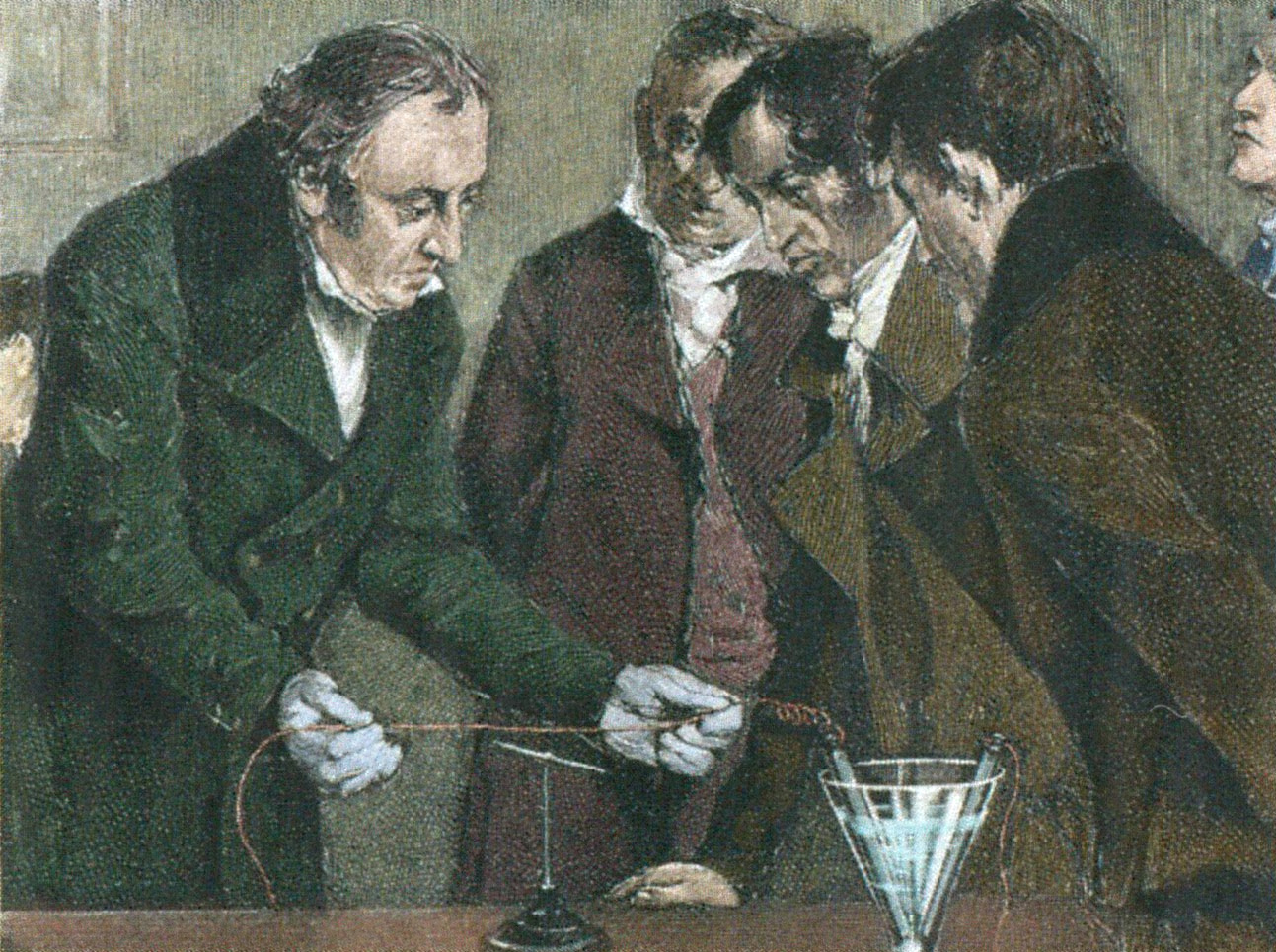We follow the uptake in international distance learning enterprises with particular interest in its technical foundation for quality and availability. International Telecommunication Union Recommendation F.742 provides the service description and the requirements for distance learning services. This Recommendation is intended to support the multimedia framework for distance learning services. From the project description:
“…Distance learning involves interactive and non-interactive multimedia communications between learners and learning resources located at two or more separate locations. The aims of learners who use distance learning services may be to get some degree certificates based on the degree standards, to get training given by employers, or to learn special knowledge independently. The distance learning services may be teaching-centred learning services that are similar to traditional face-to-face classroom learning, individual instruction, self-pacing learning, multi-role learning/team learning, etc.
In the course of distance learning, information may be required from remote databases containing the learning resources, or from live lectures. The material may be textual, aural, graphical, or video in nature and may be stored in a multimedia format. The information can be delivered in point-to-point configuration, point-to-multipoint or multipoint-to-multipoint configuration. Participants in the distance learning may be located in classrooms equipped with related facilities, offices, homes or other places, such as on trains, where they are able to access to a distance learning services platform. Learners may learn in real-time with or without interaction with others, following a curriculum schedule or in non-real-time by themselves on demand. The equipment that learners use may be a PC, PDA, mobile phone, or even a TV set with STU. Learners can change their equipment without interruption while they are learning, with the assistance of a DLSP…”
Note that the last revision became effective in 2005; and was re-affirmed in 2008. Other ITU documents relevant to the education industry can be found on the page linked below:
We normally coordinate our engagement with ITU standards with the IEEE Education & Healthcare Facilities Committee which meets four times monthly in European and American time zones. We discuss any best practice title affecting education communities every day at 11 AM Eastern time. We also host a periodic teleconference on the status of Cloud best practice literature. See our CALENDAR for the next online meeting; open to everyone.
Issue: [8-8]
Category: Academics, Electrical, Information and Communication Technology, Telecommunications
Colleagues: Mike Anthony, Jim Harvey, Mike Hiler
LEARN MORE:









